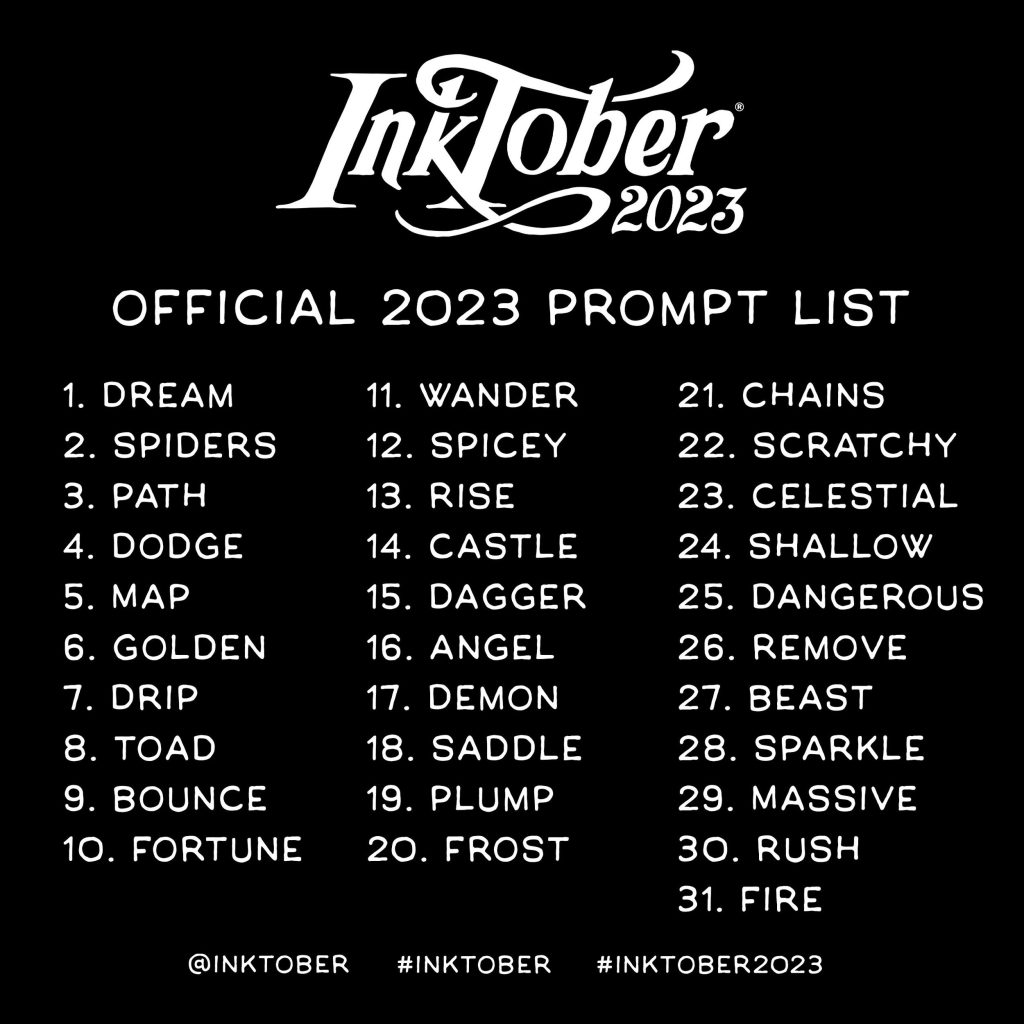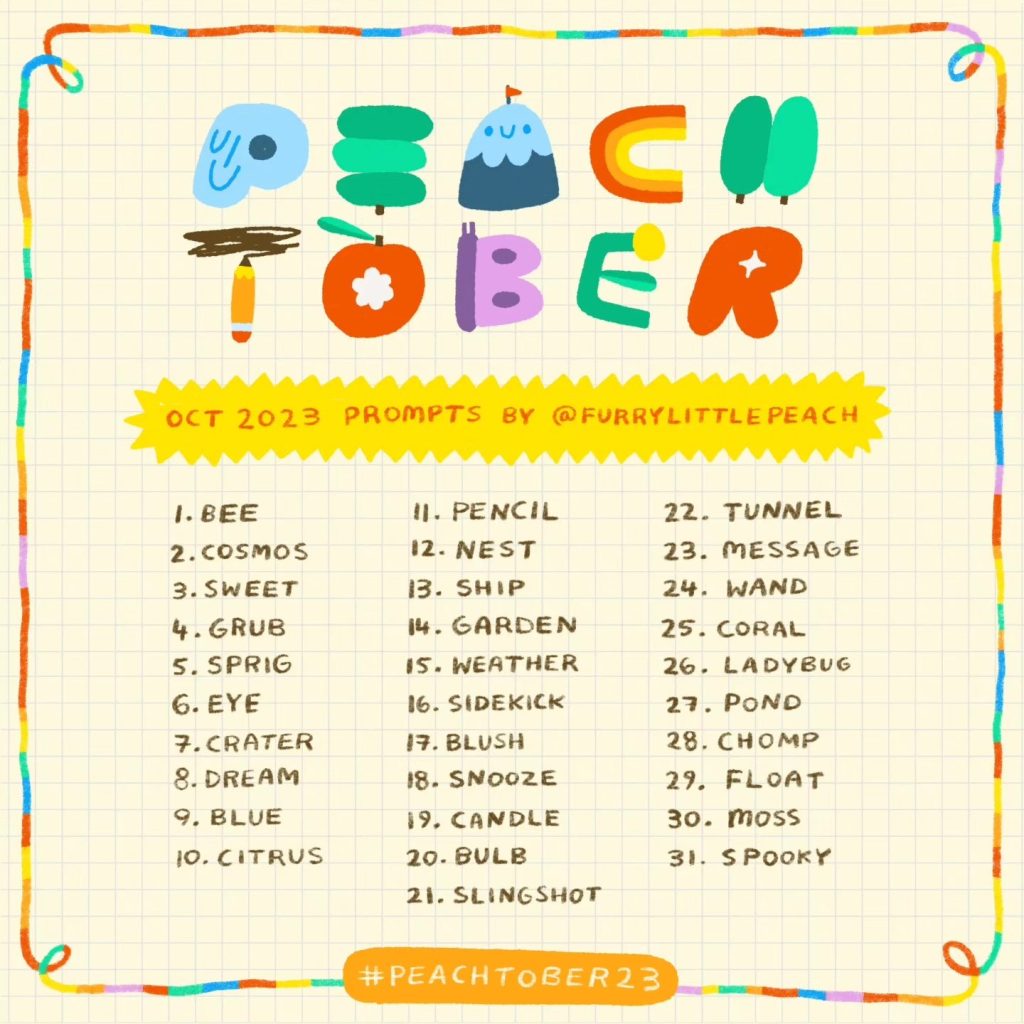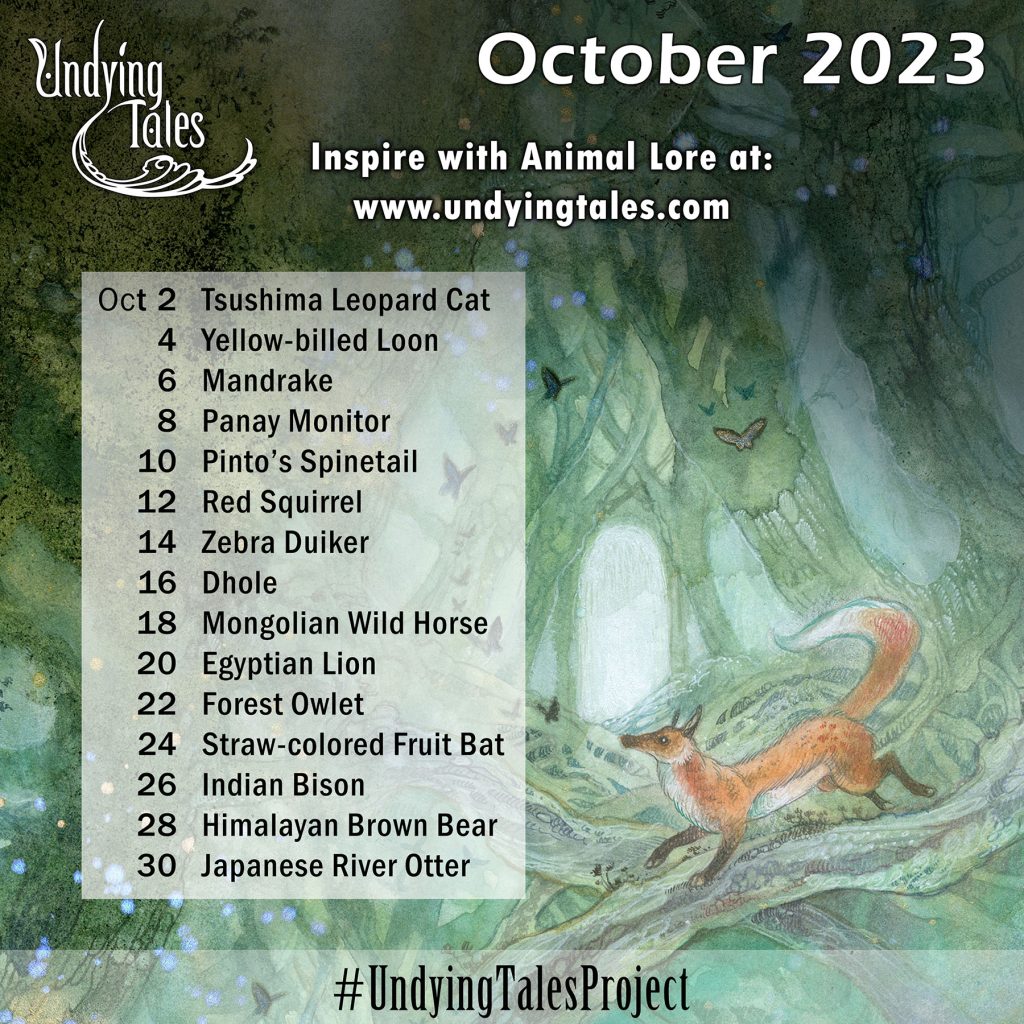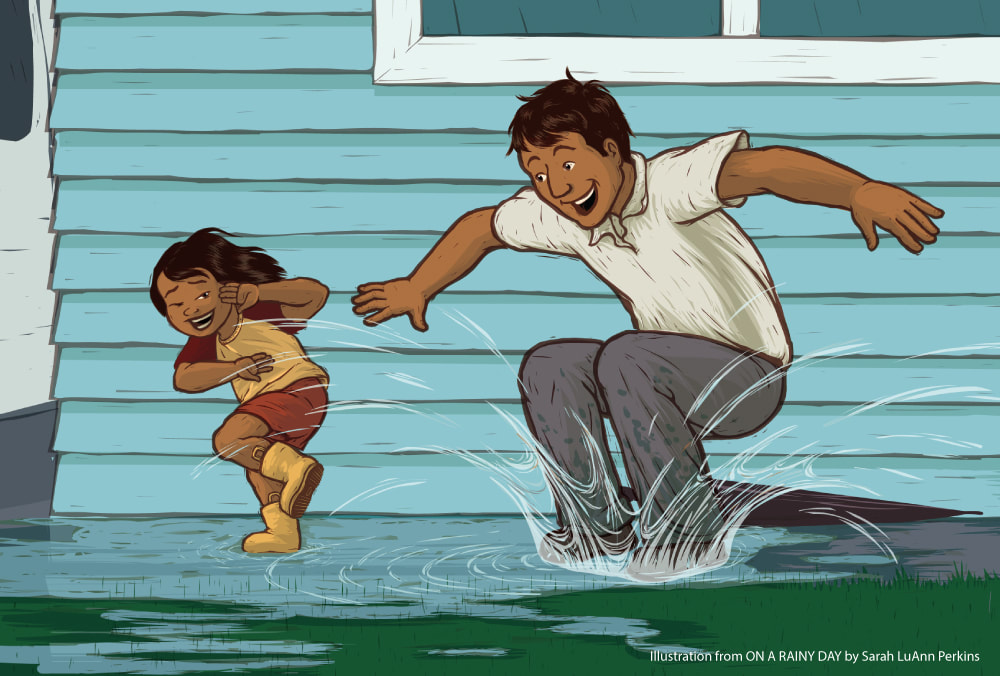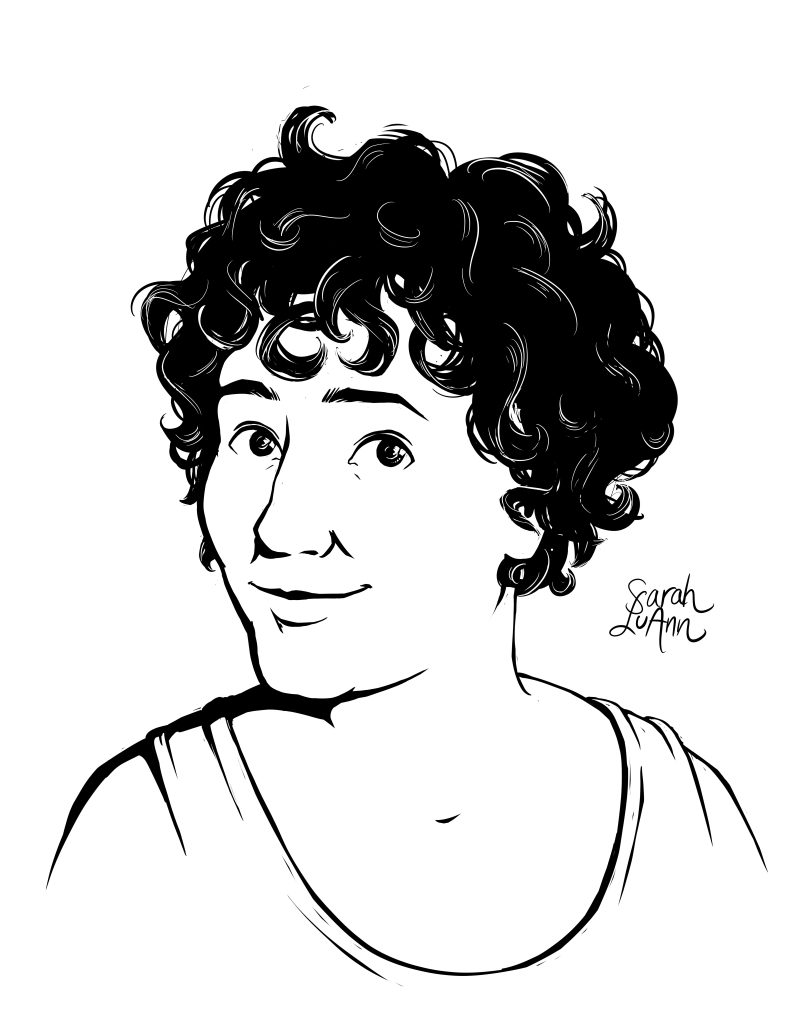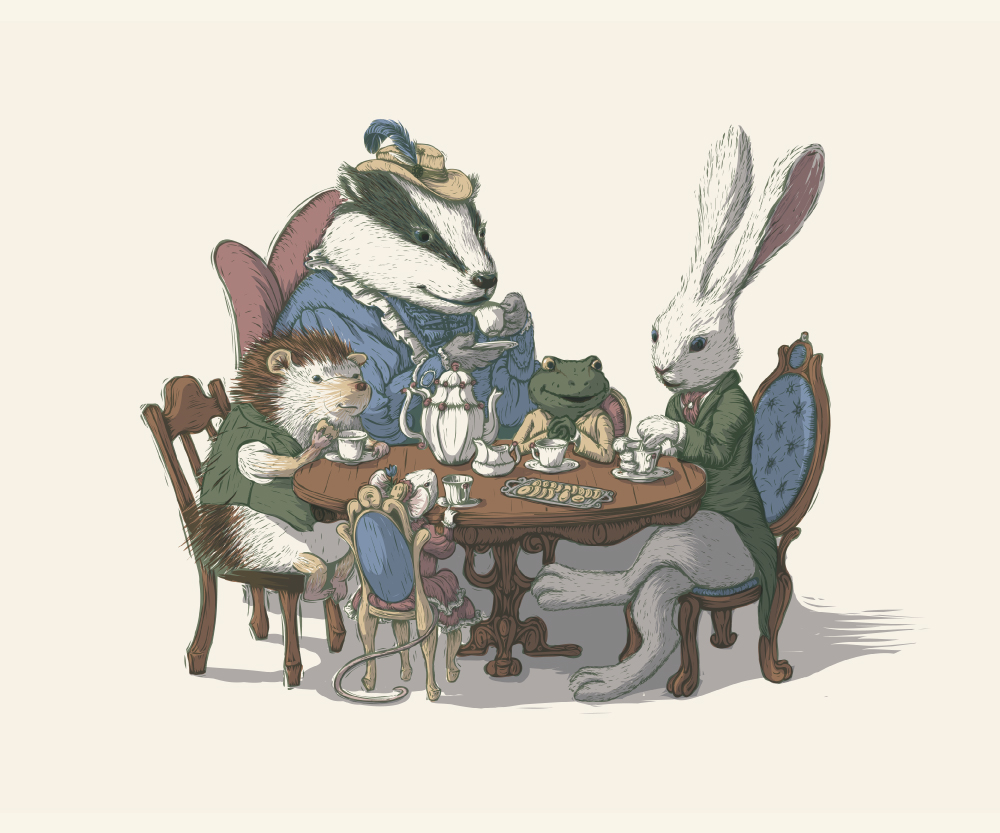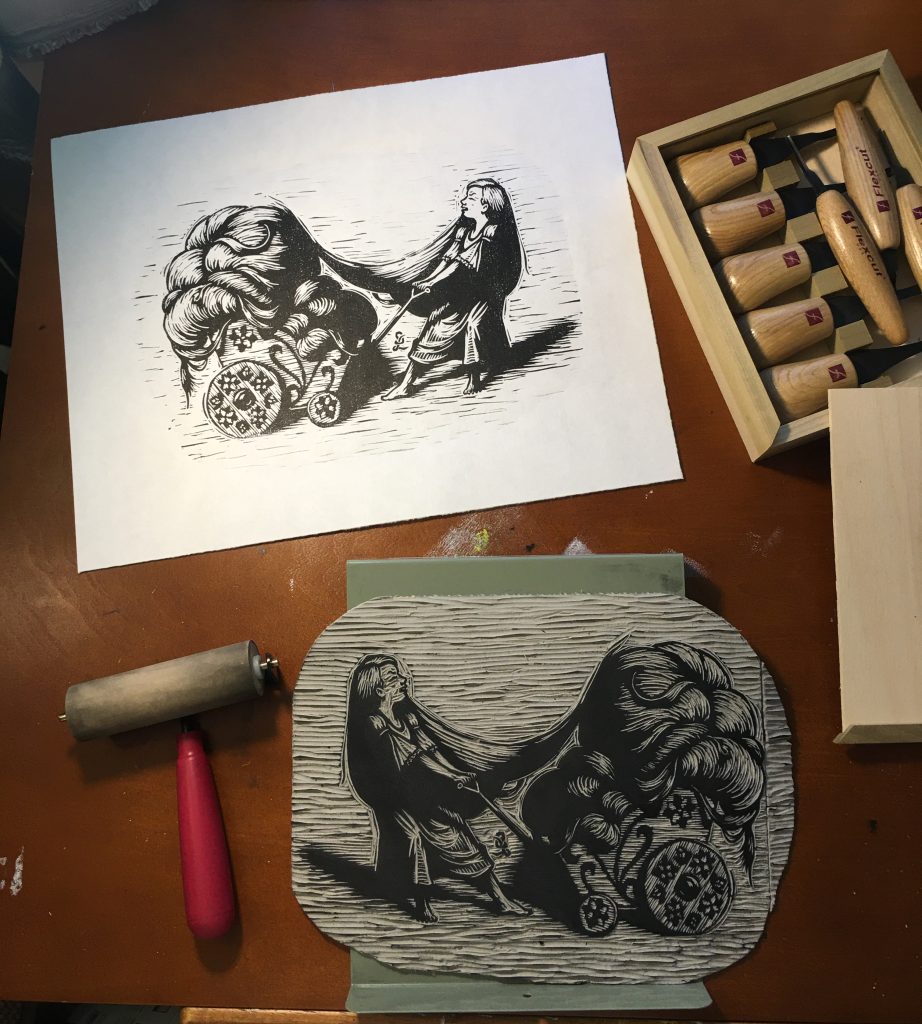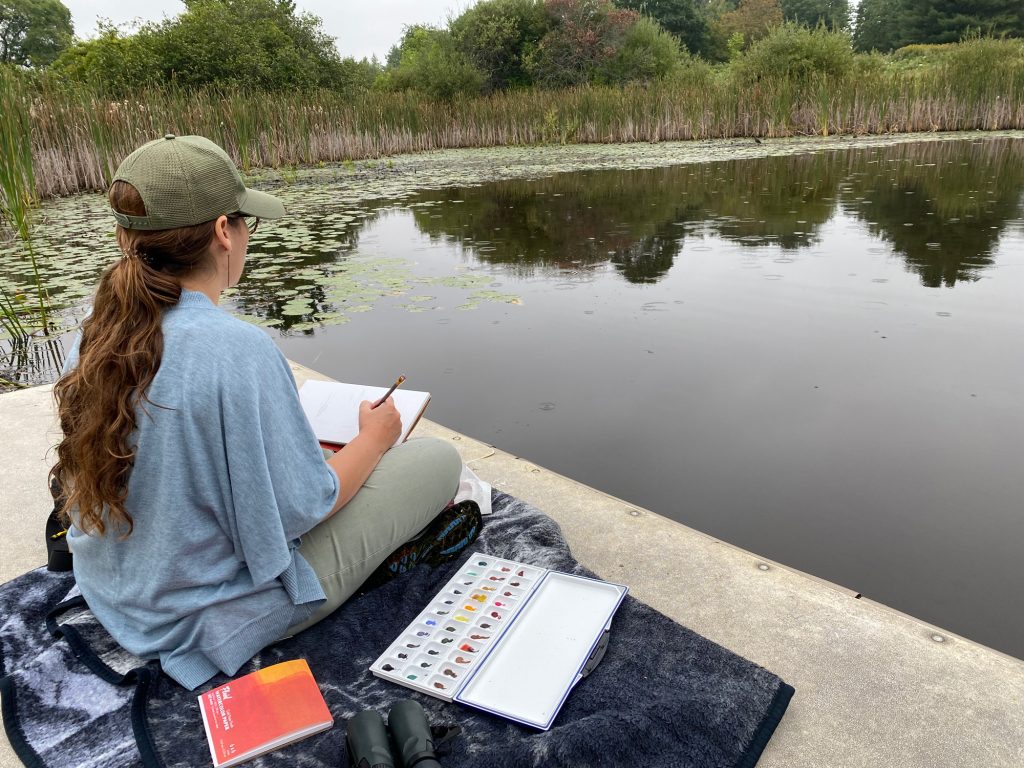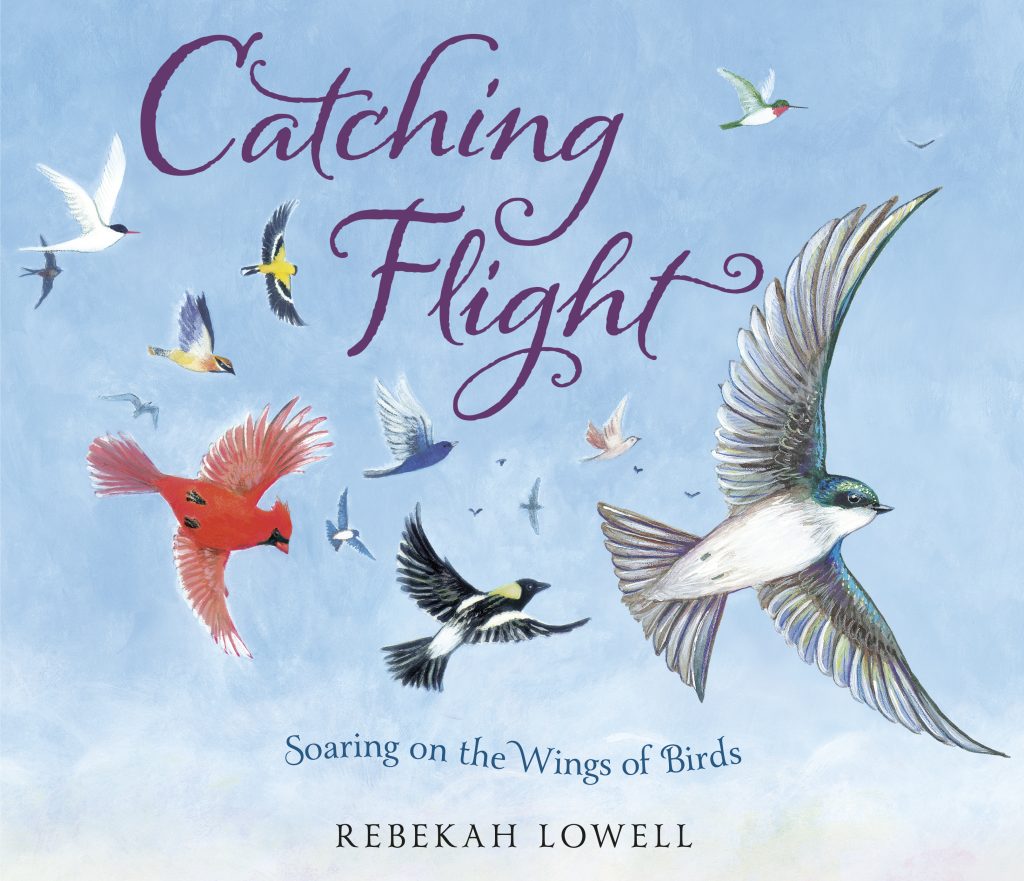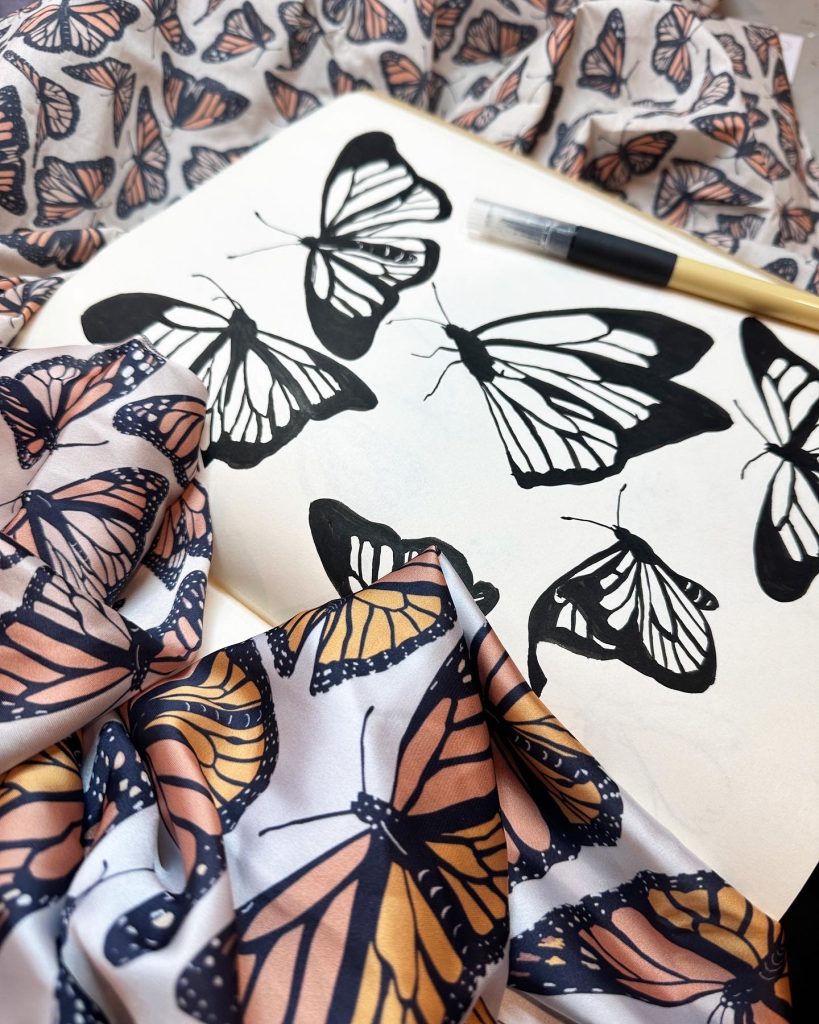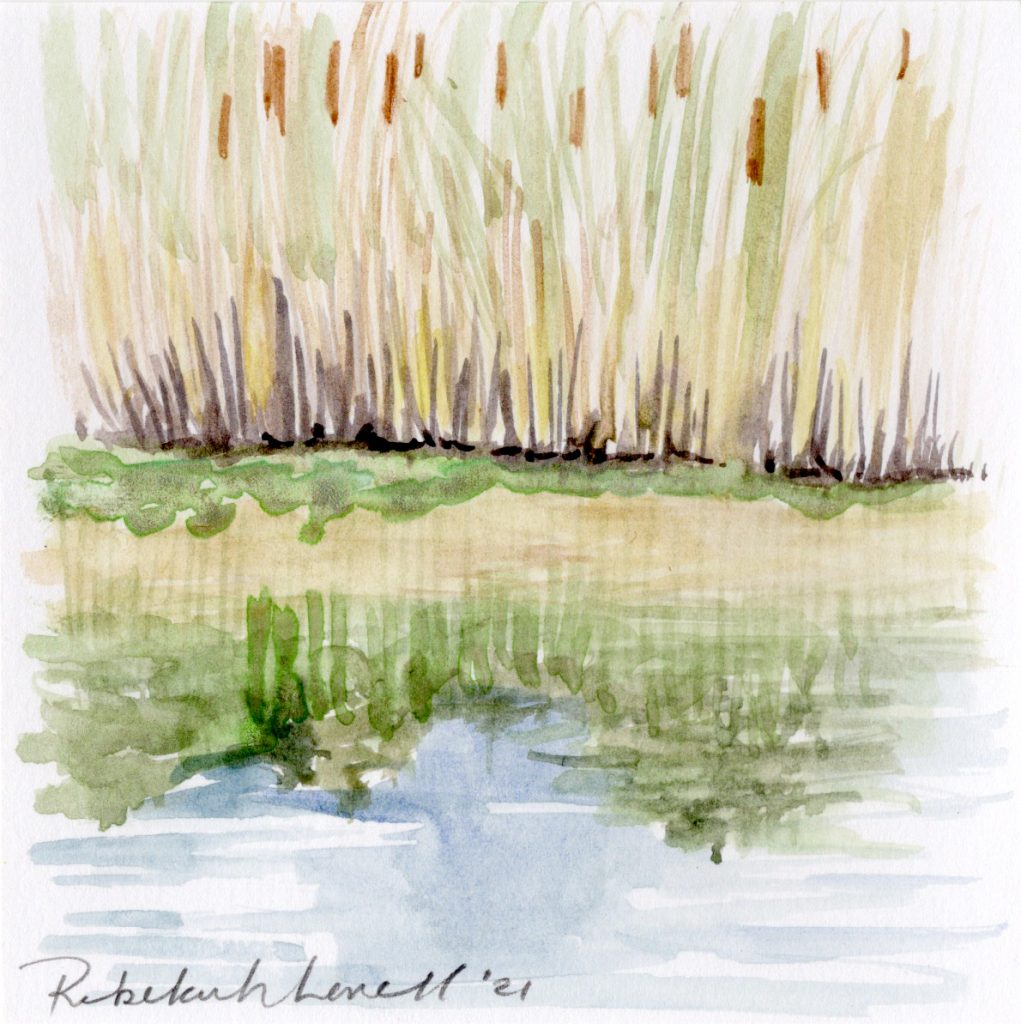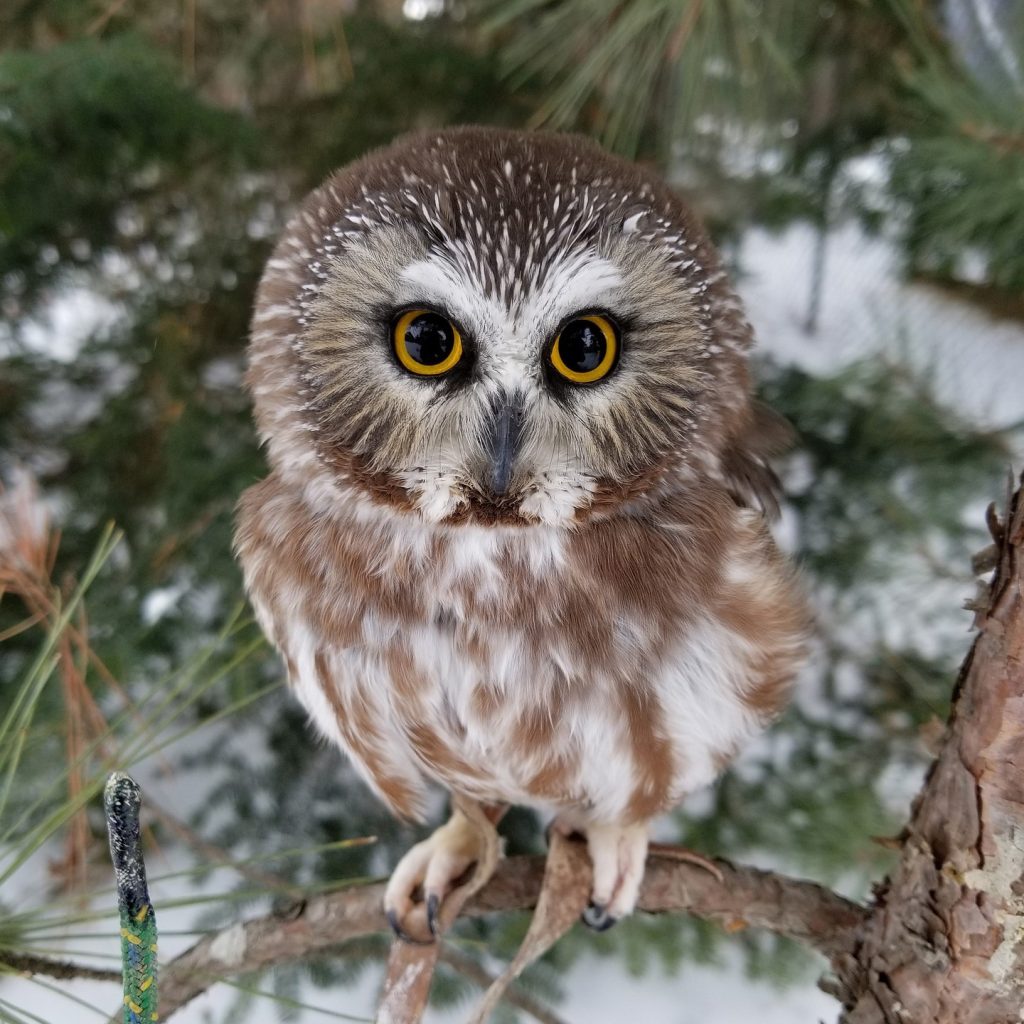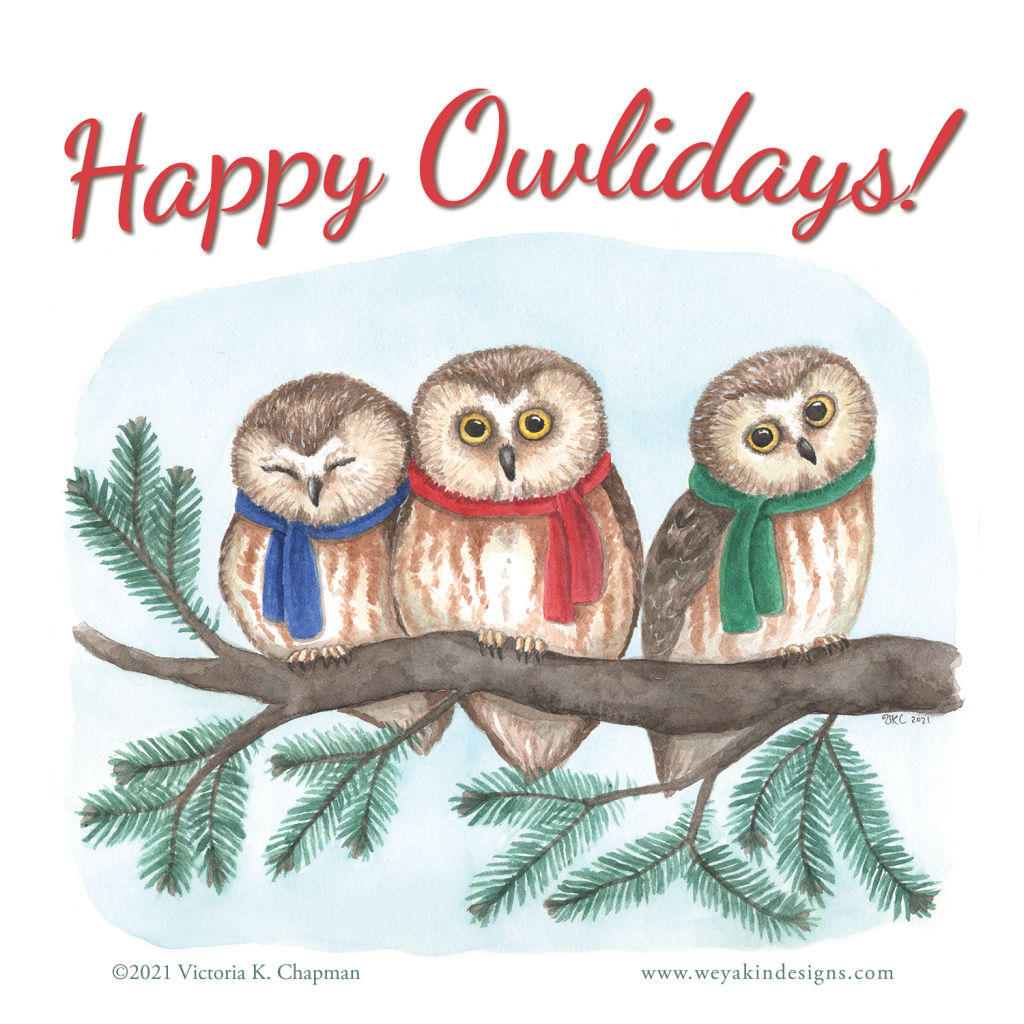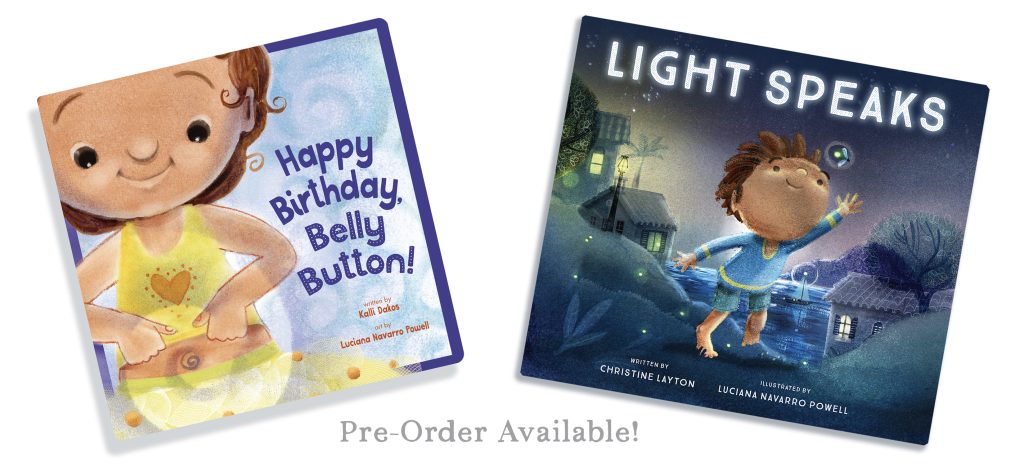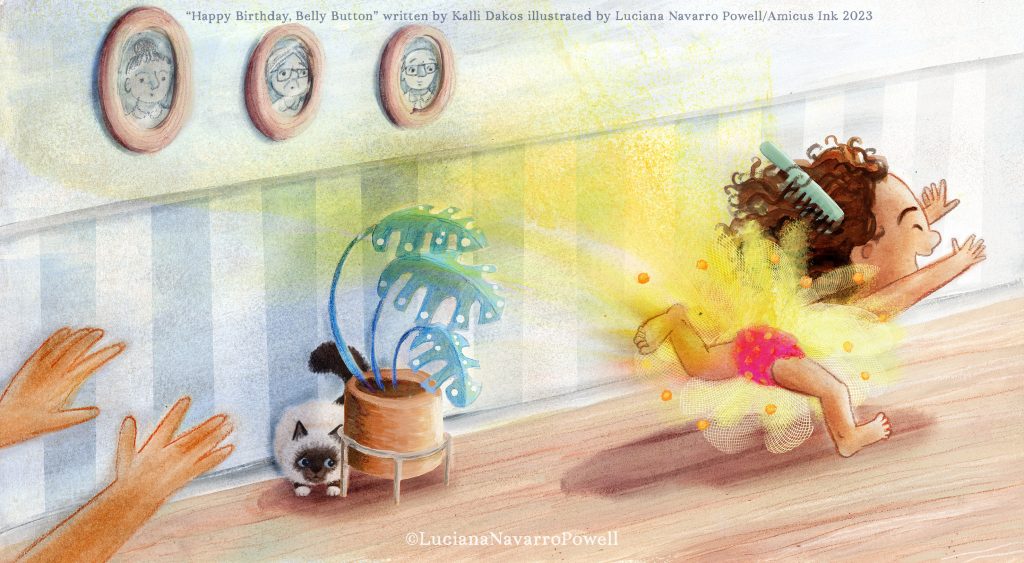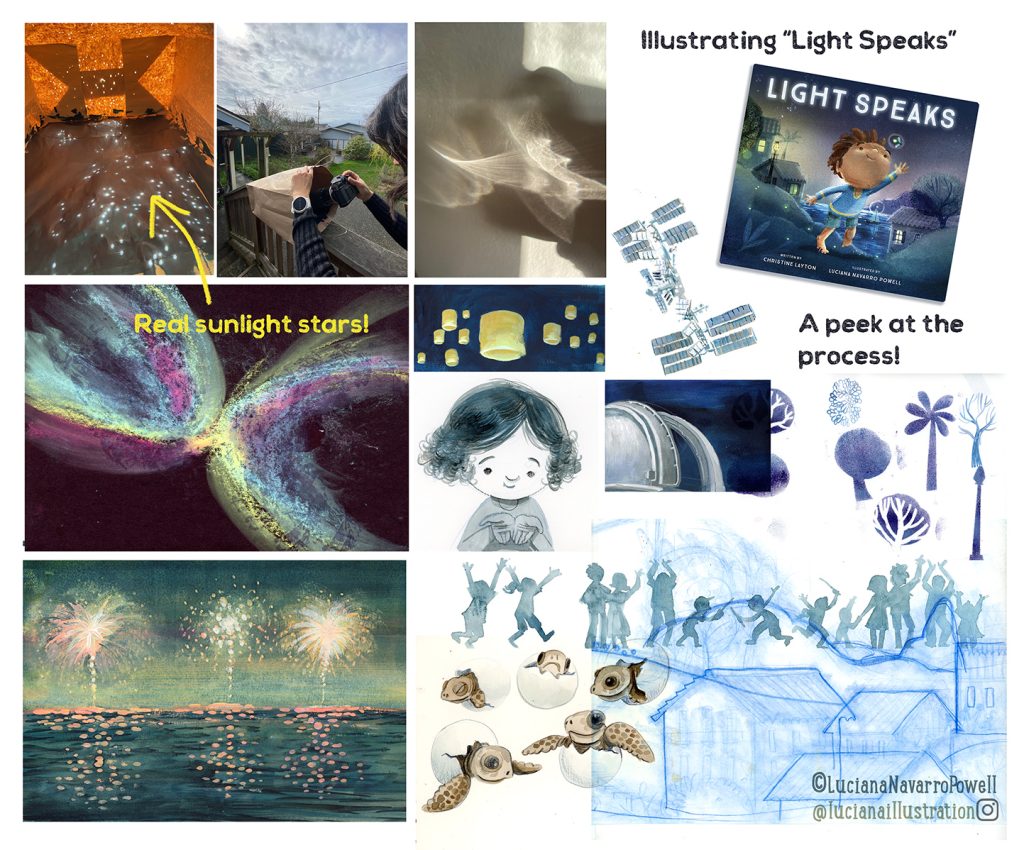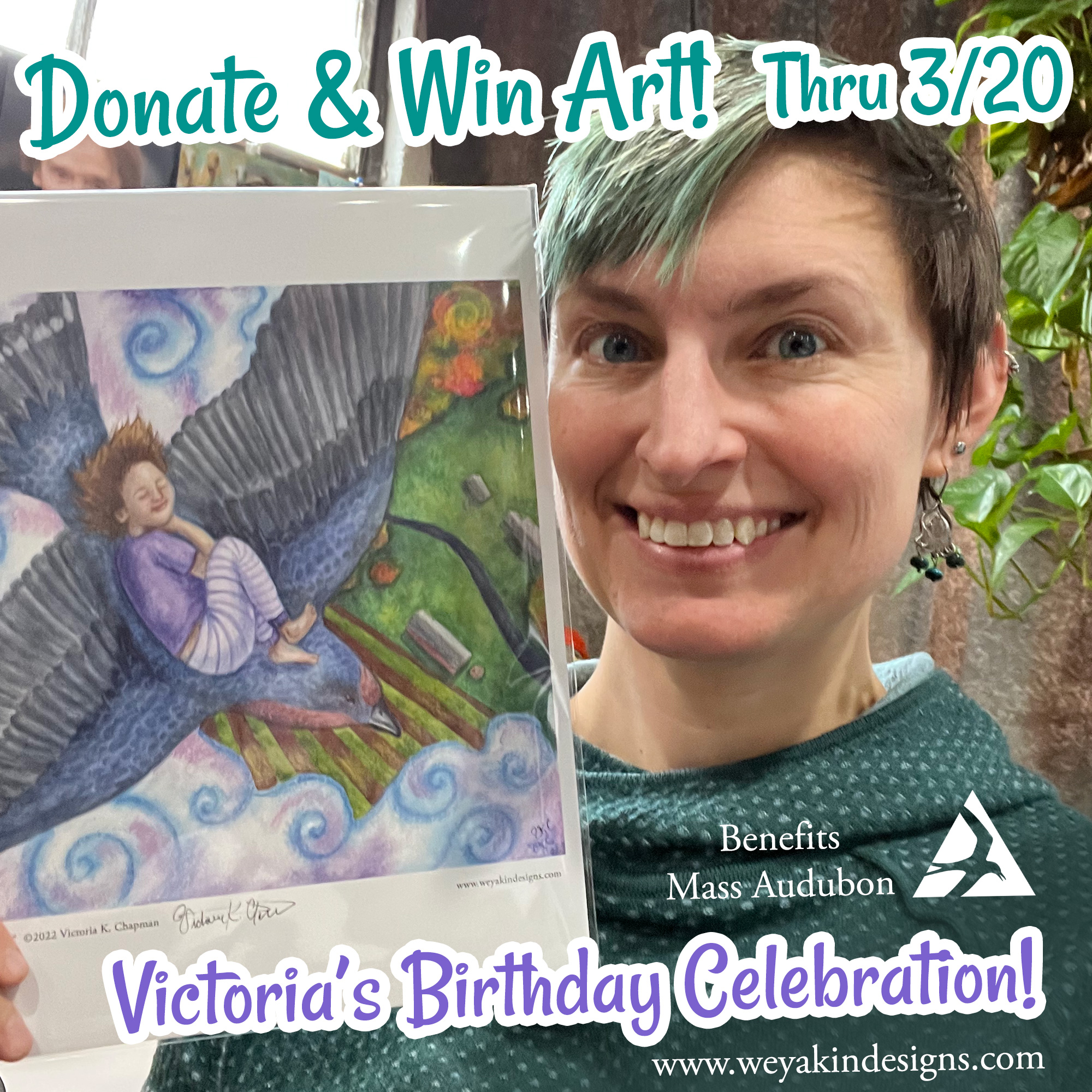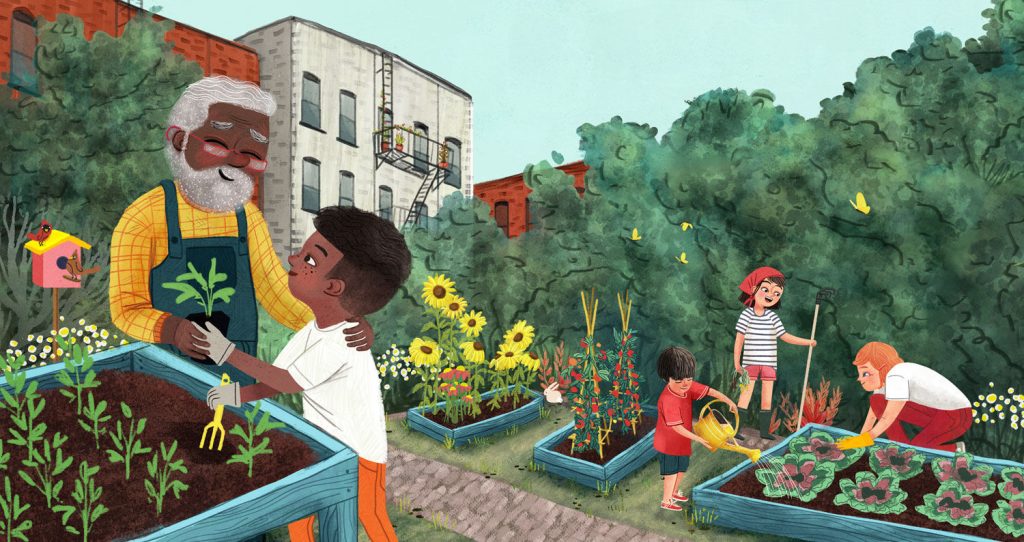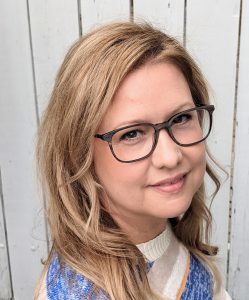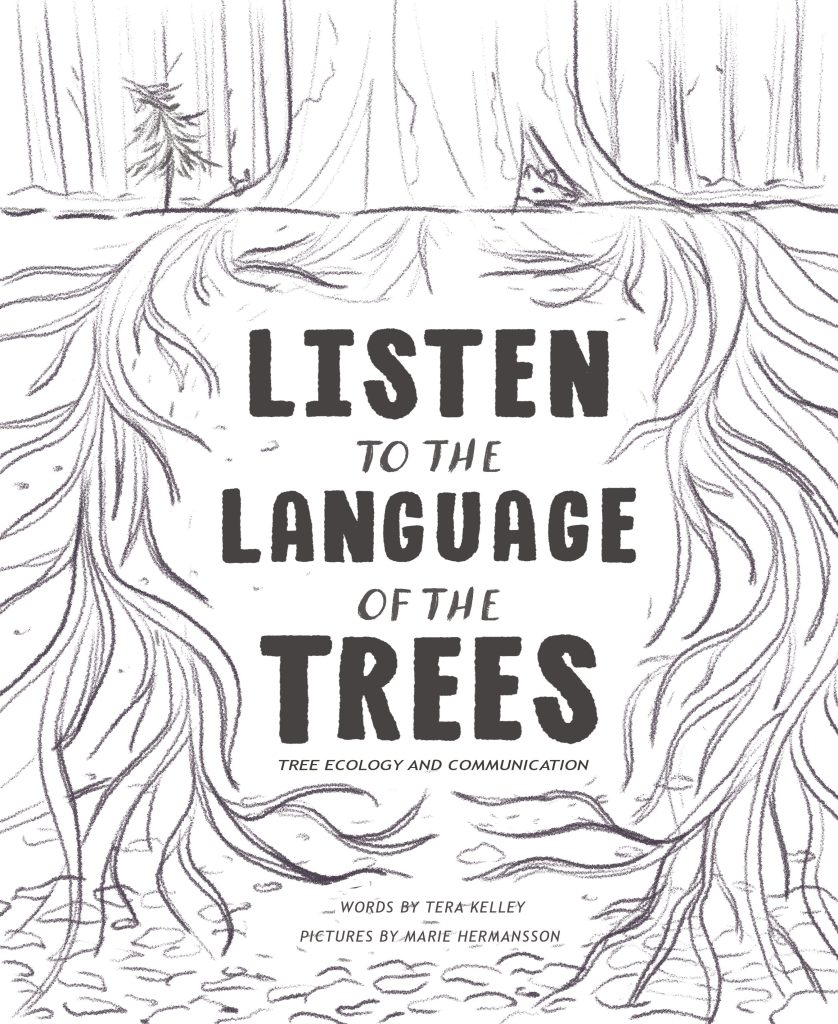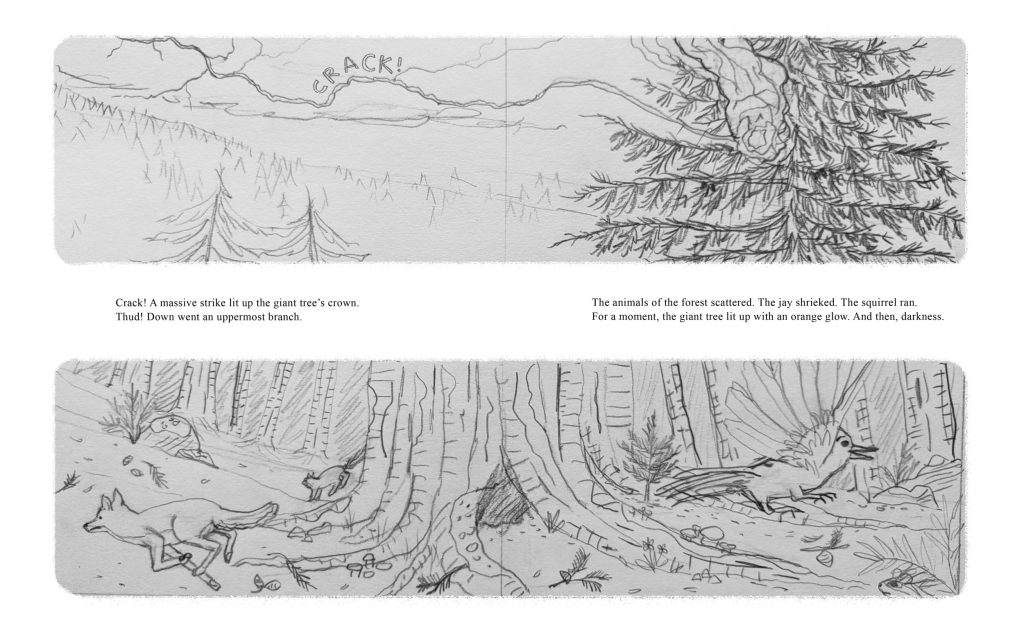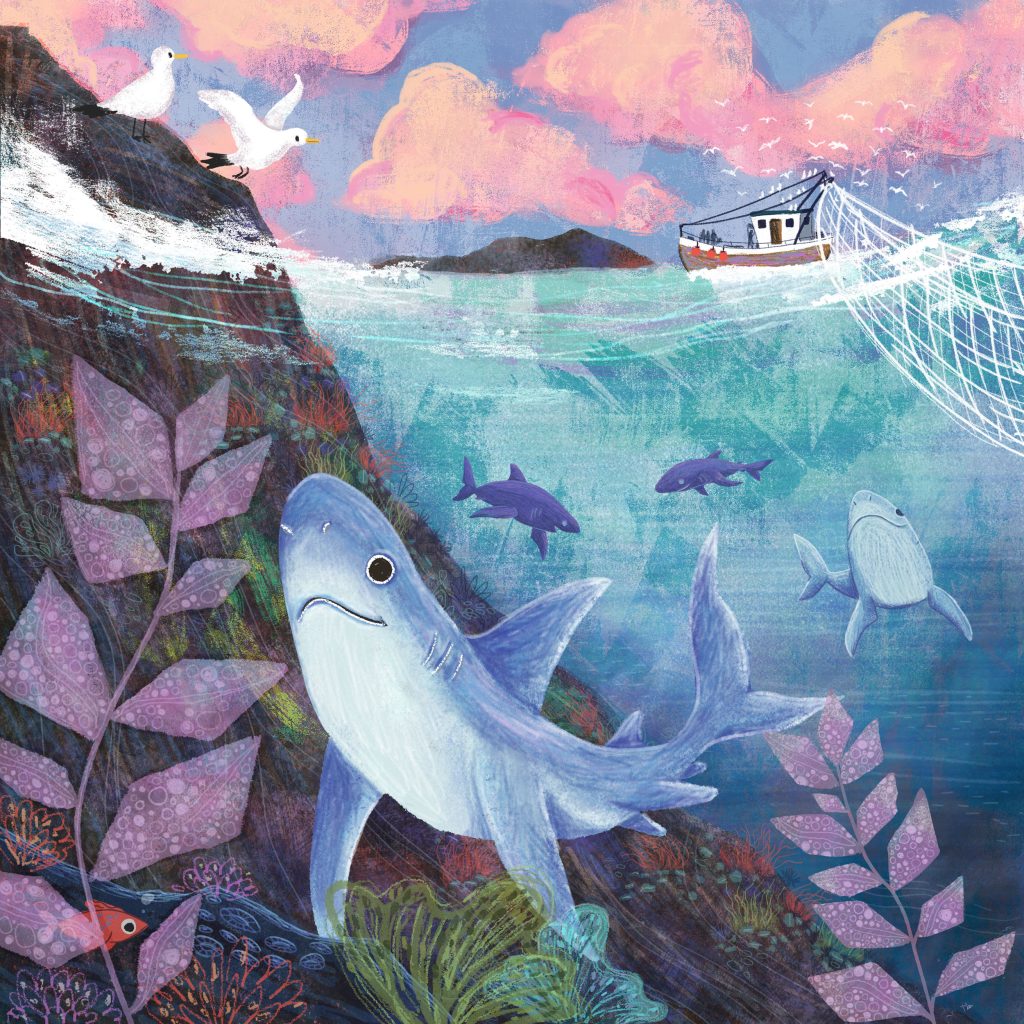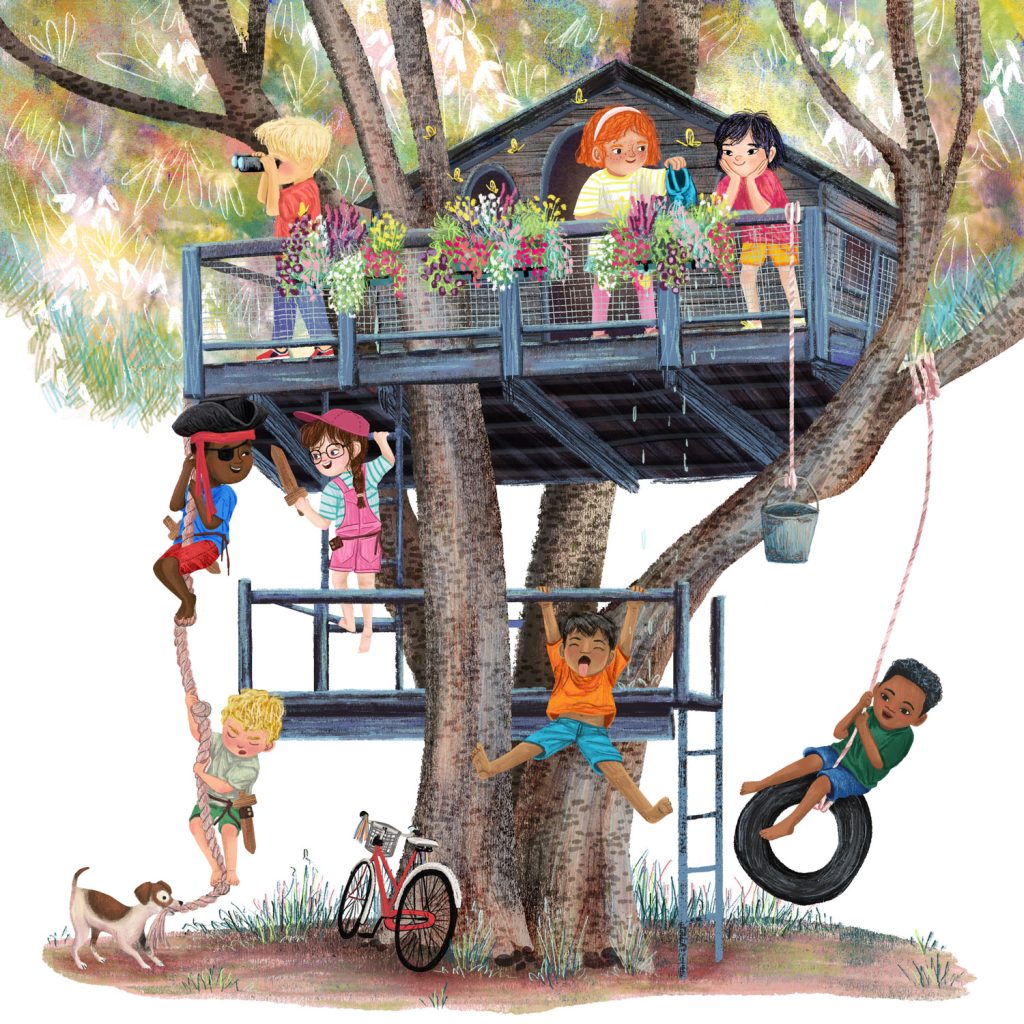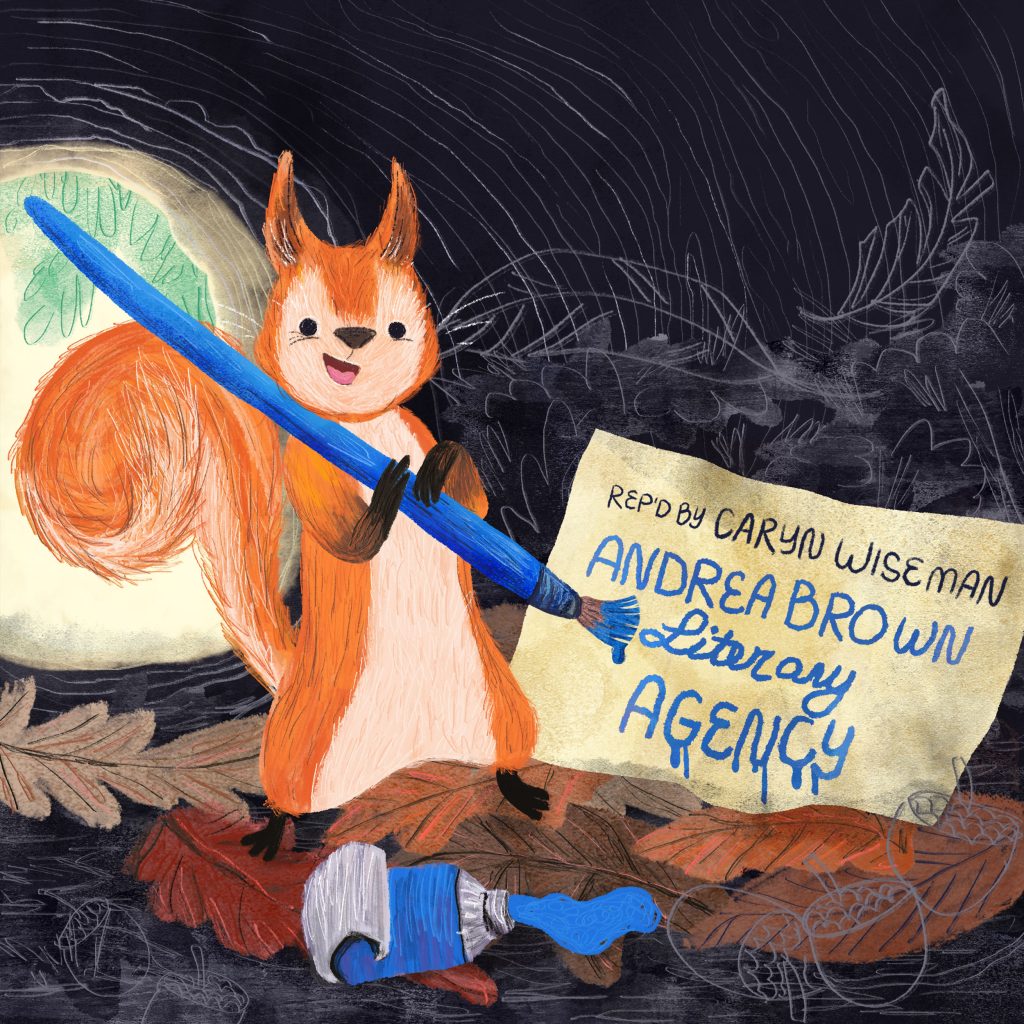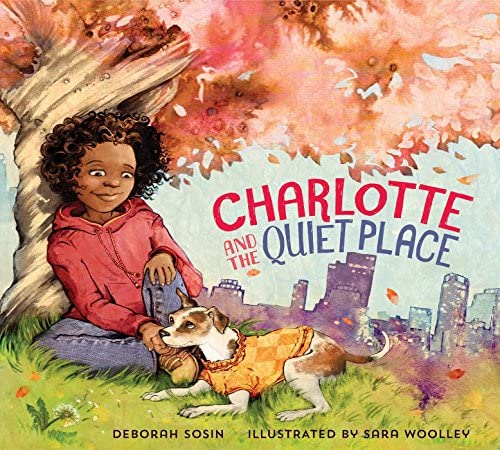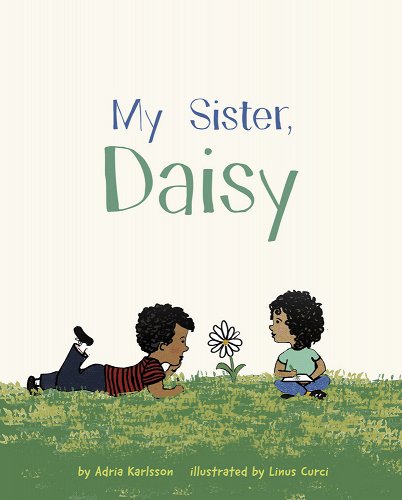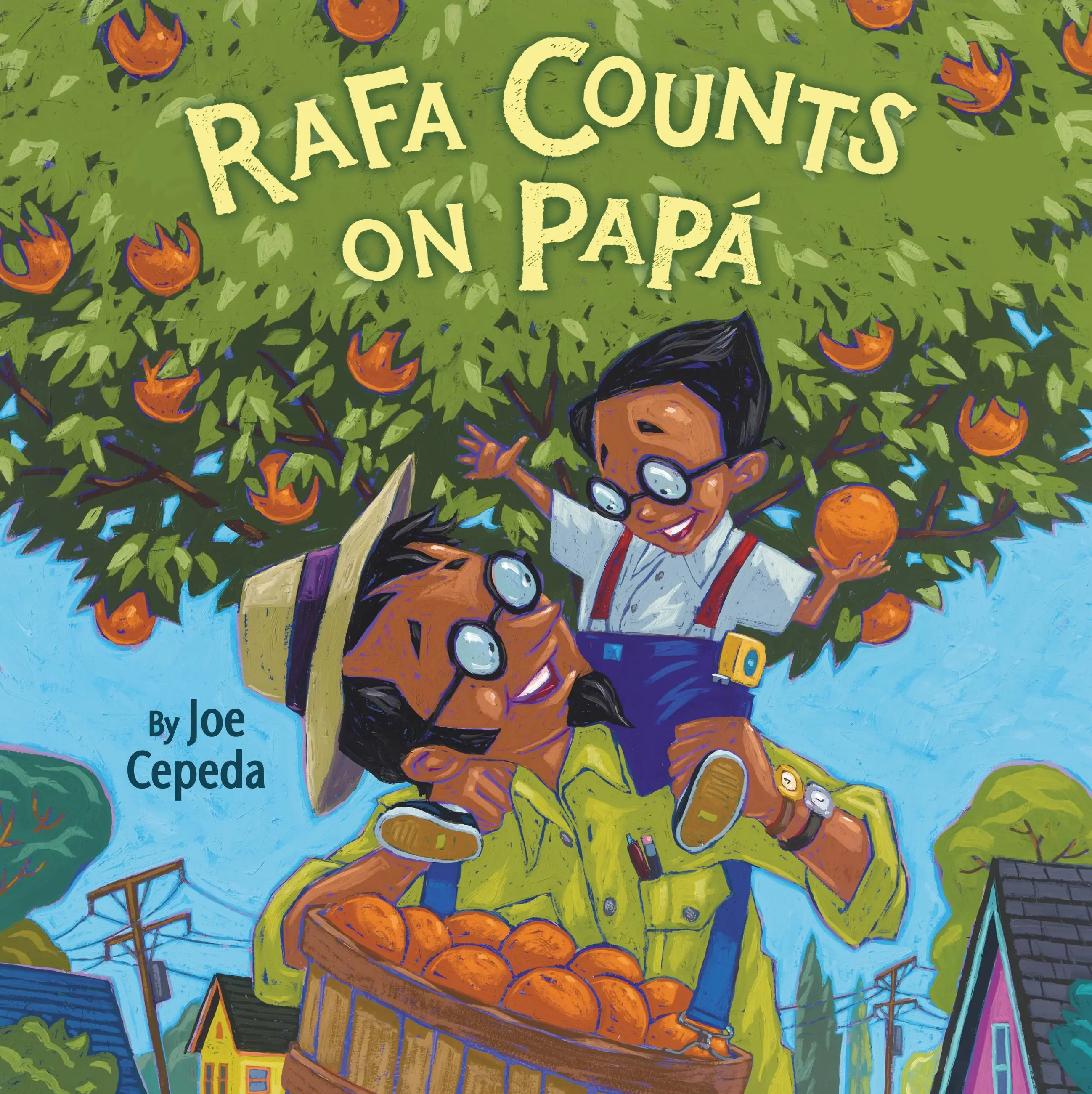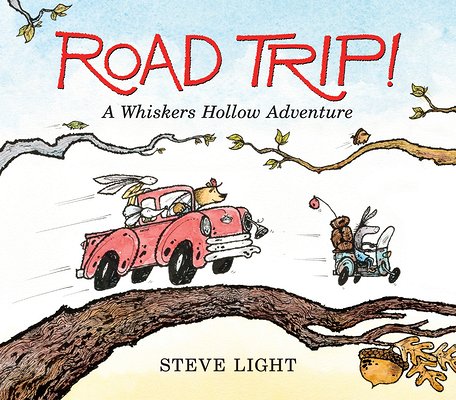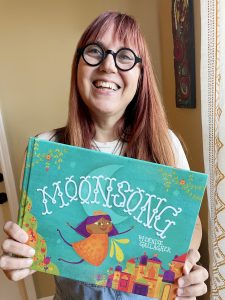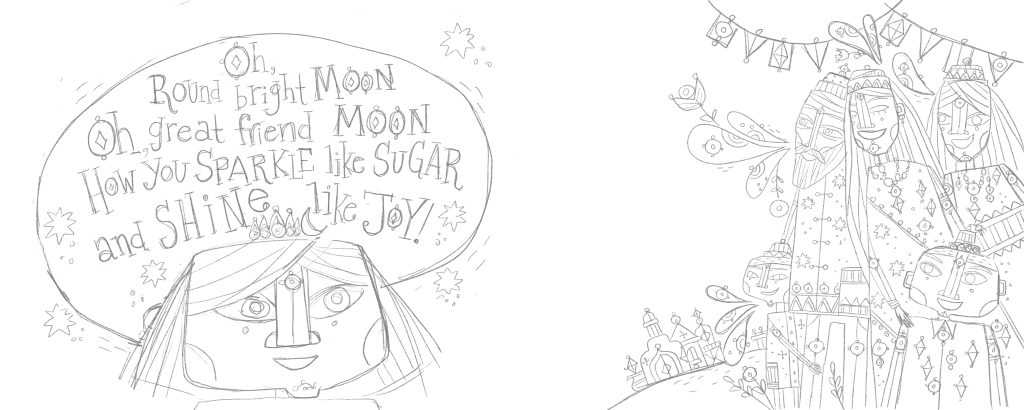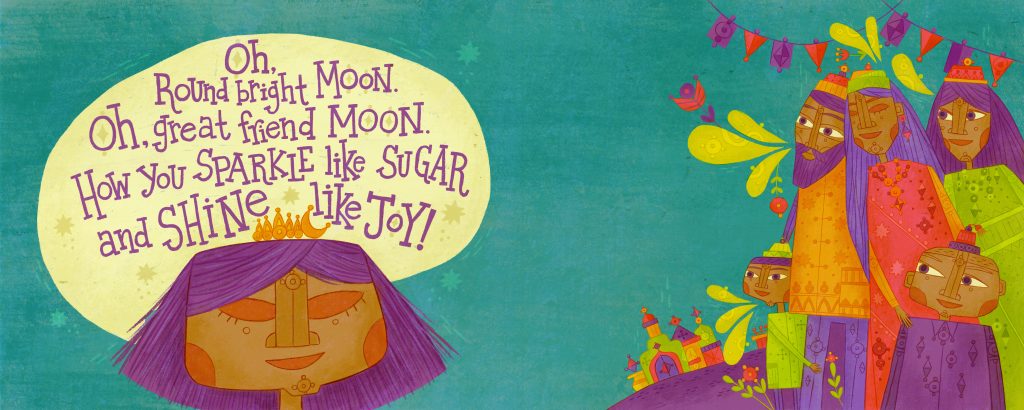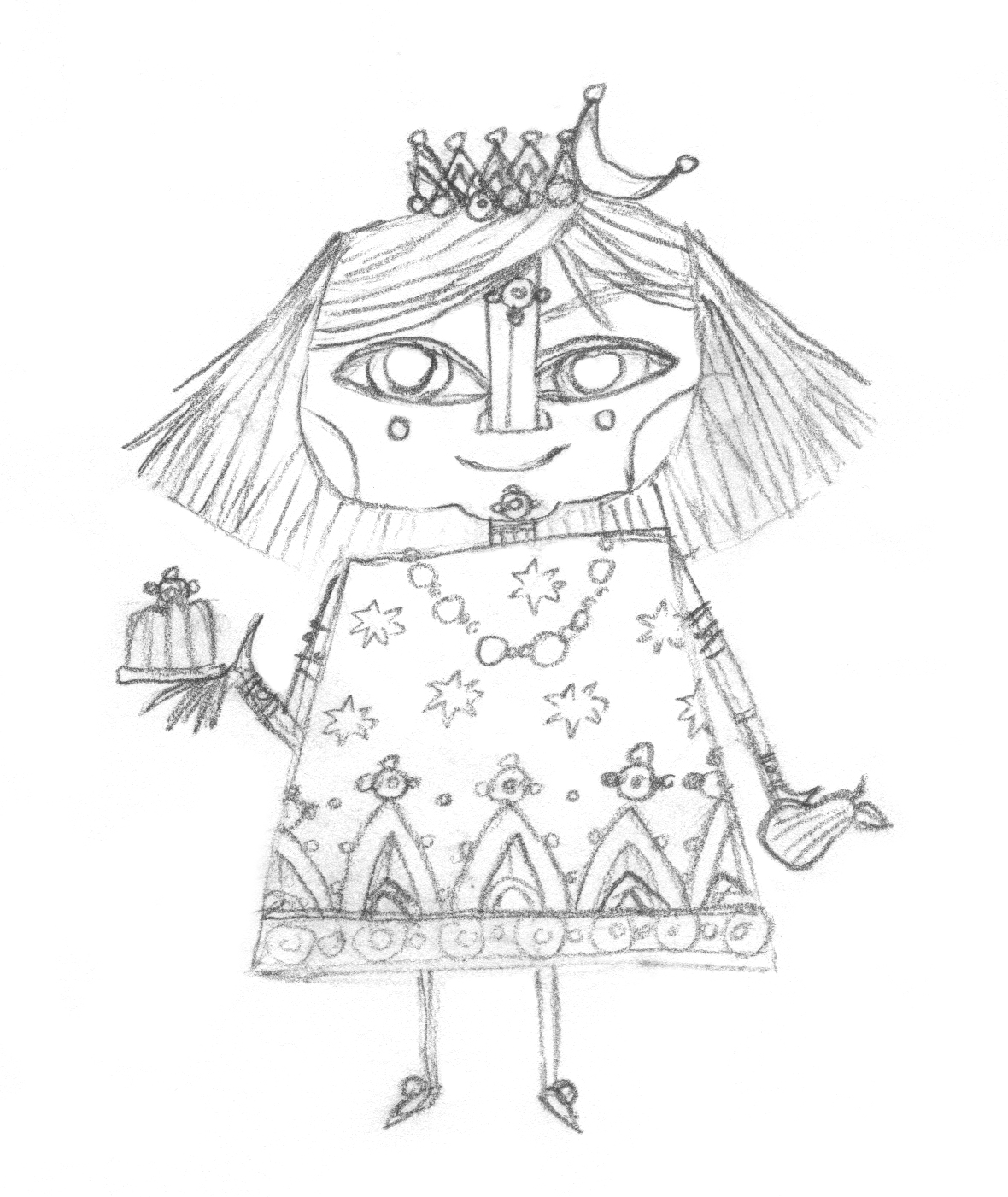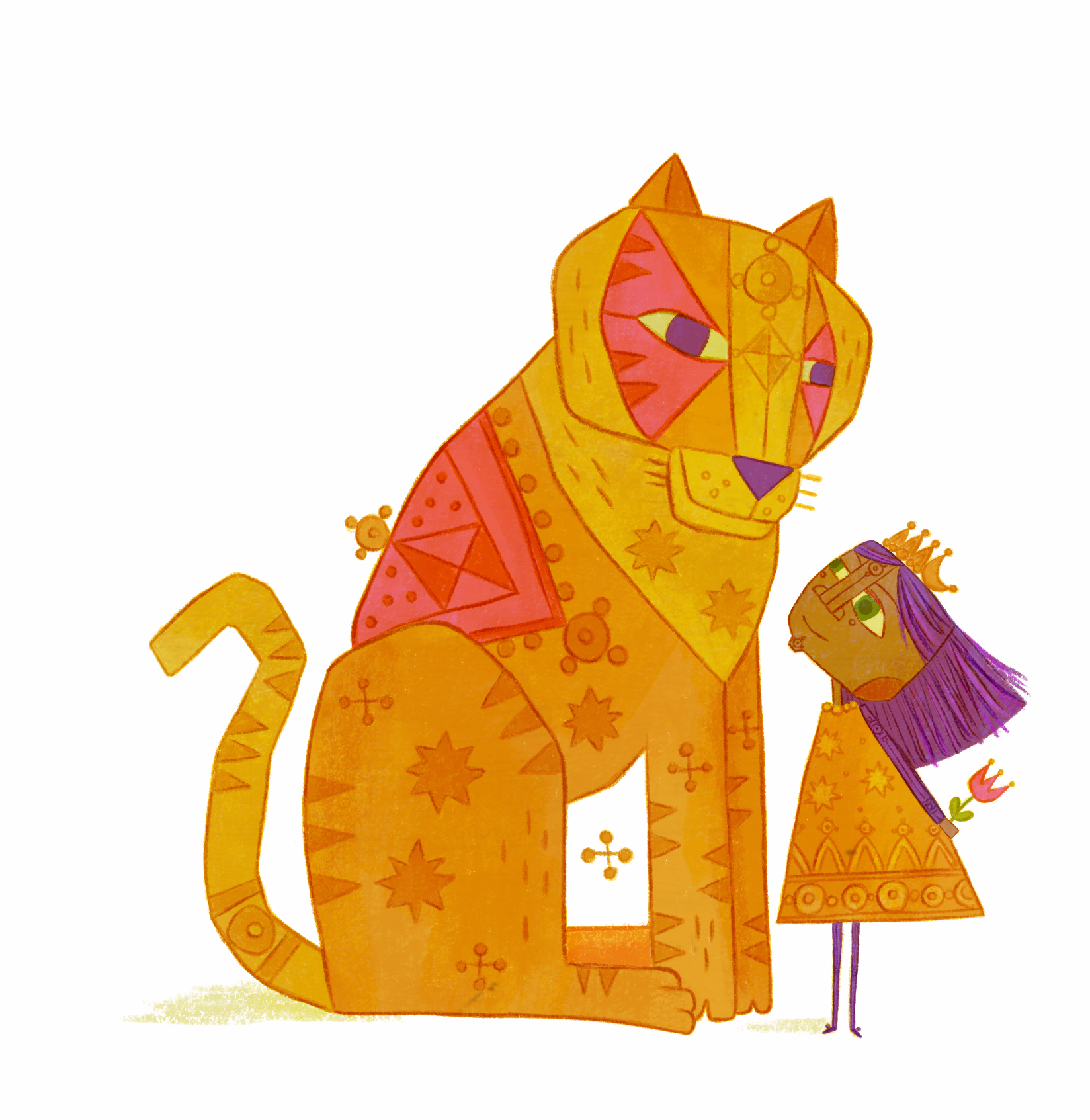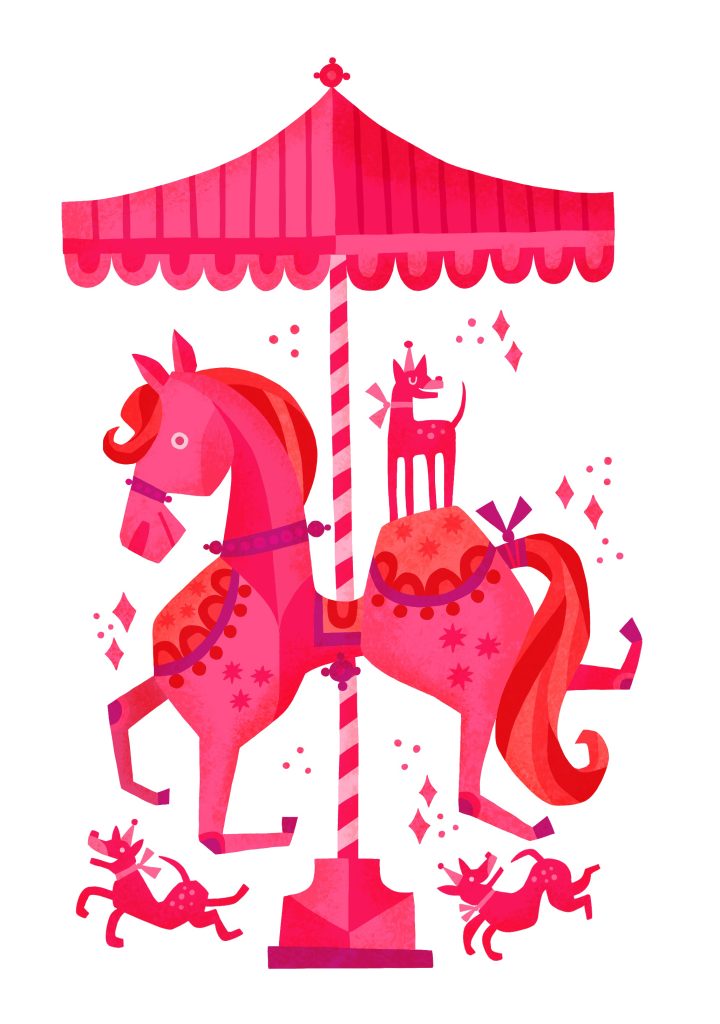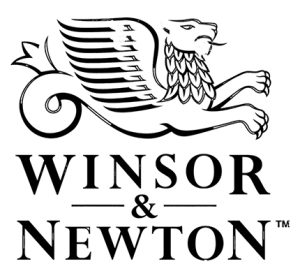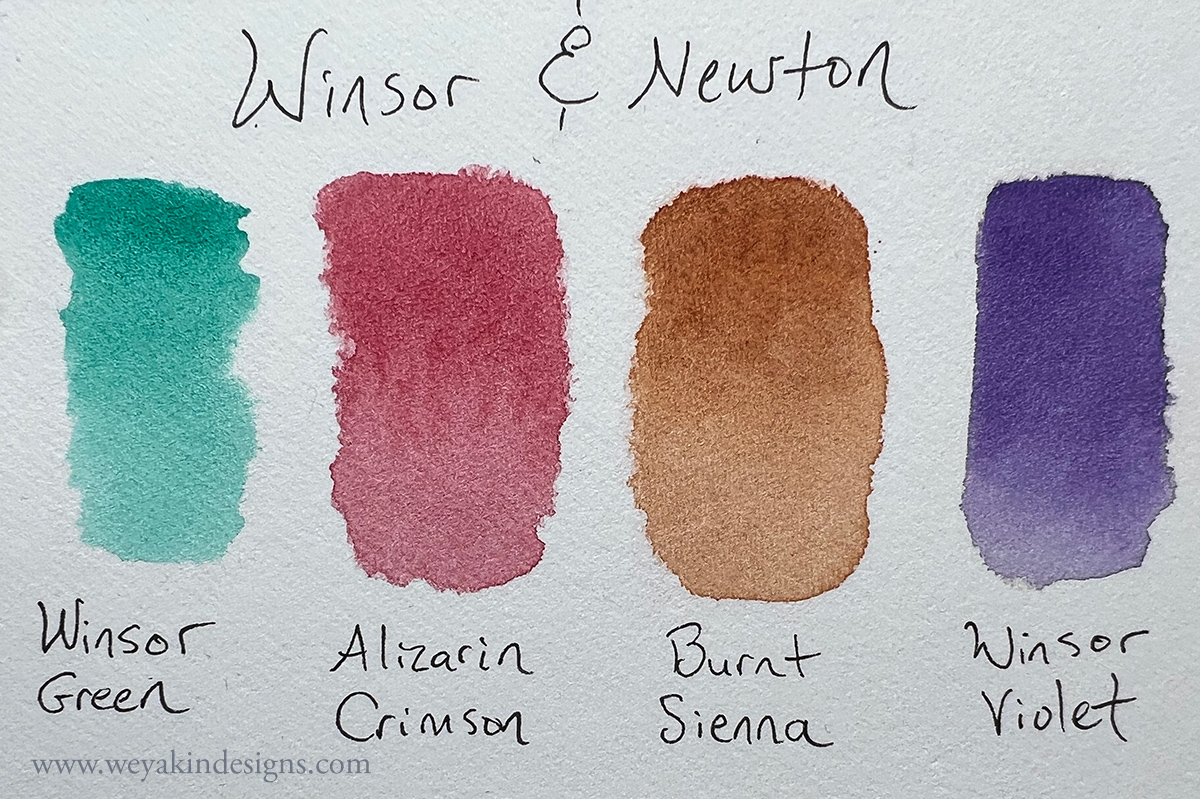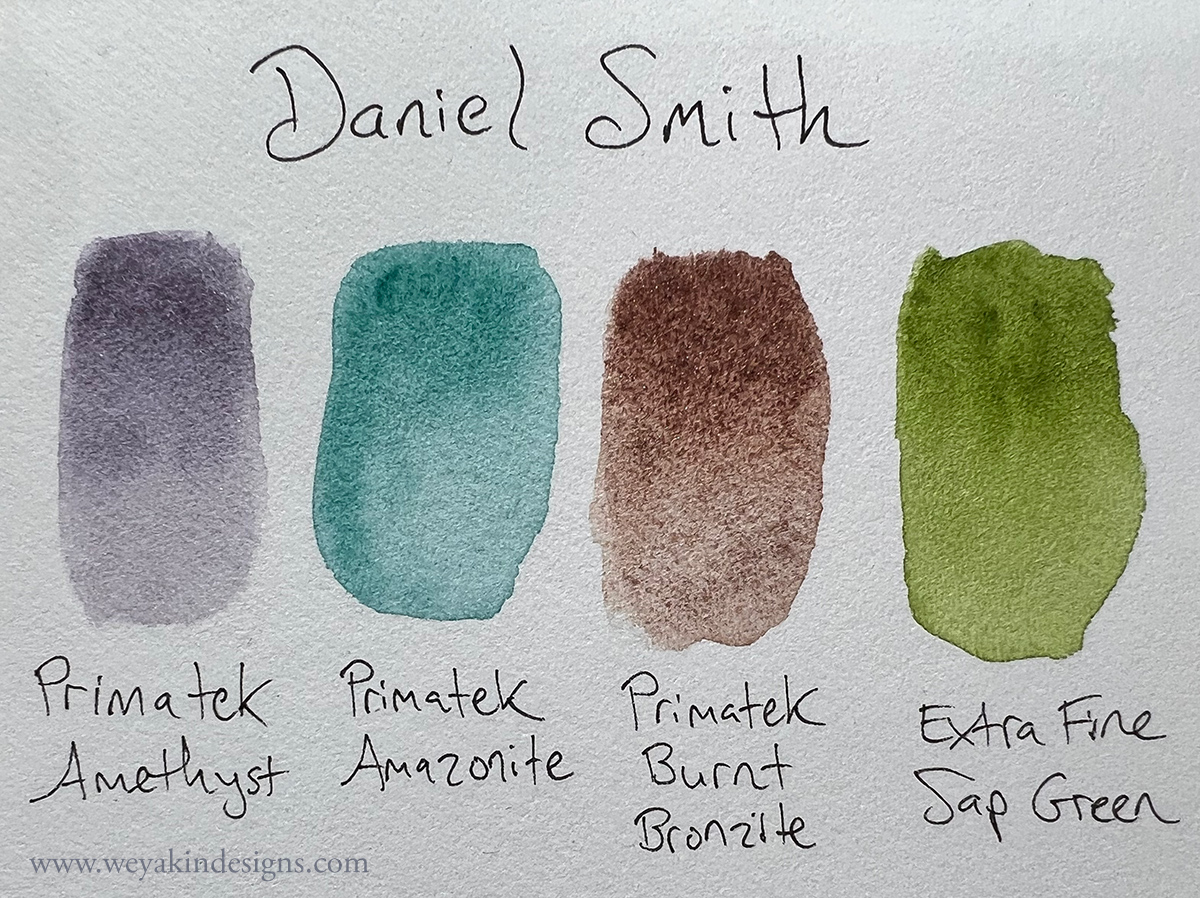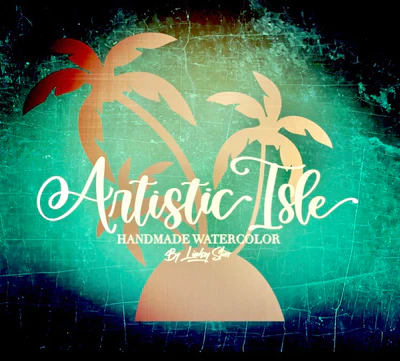October Art and Illustration Prompt Events in 2023
Since social media became a regular part of our lives and especially in recent years since the pandemic kept many of us at home, it has become a trend among artists that October is a time to share art prompts. Inktober, created by illustrator Jake Parker in 2009 is one of the most well-known of these art prompt events. It was designed to give fellow artists subject matter to practice their ink drawing skills with.
But, there are many other art prompt events as well, all of which have different themes and different artistic audiences they appeal to. For the purposes of this post, I’ll be sharing ones specifically of interest to illustrators. The question is… which prompt list(s) should you do? Let’s take a look at just a few of them to get an idea of the options.
Inktober
Website: https://inktober.com/rules
Instagram link: https://www.instagram.com/inktober/
Hashtag: #inktober2023
Inktober was started in 2009 by illustrator Jake Parker. He wanted to give himself motivation to practice working on his ink drawings and develop better drawing habits. Soon enough, others joined in and it became an annual event.
But, in 2020, some controversy arose as Jake decided to trademark the Inktober name, which caused some confusion with a lot of other artists who had been using the name on the pieces they had created. Jake himself explains his reasonings, which includes things like fighting racism and hate. In addition, there were accusations of plagiarism when he tried to publish a book about drawing with ink called Inktober All Year Long that was similar to a book by Alphonso Dunn, Pen & Ink Drawing: A Simple Guide. The publishing of Jake Parker’s book was put on hold. Between the two incidents, many people decided to stop doing Inktober and either started their own art prompt events or joined others.
Nonetheless, Inktober is still going and many people still participate. It’s something to consider doing if you’re looking to improve your inking skills and gain some visibility through a very well-known event. I have friends who have done it and quite enjoyed the prompts and community.
This year’s hashtag is #inktober2023.
Peachtober
Website: https://www.furrylittlepeach.com/peachtober
Instagram link: https://www.instagram.com/peachtober/
Hashtag: #peachtober23
Peachtober was started by artist Sha’an d’Anthes (also known as furrylittlepeach). She wanted to create art prompts that sparked imagination but didn’t require any specific medium. Artists can choose whatever medium they like to create their pieces. Her main goal is that they have fun with it. And you’re invited to share your pieces on social media. I did this one in 2021 and it was a lot of fun! I did find it challenging to keep up with the every day prompts, being as busy as I am. But, I managed it and came out with some really cool portfolio pieces in the end. One of my favorites is Love is Love Birds from the prompt “Heart”.
This year, use the hashtag #peachtober23 to participate.
SCBWI Artober
Website: https://www.scbwi.org/artober
Instagram link: https://www.instagram.com/scbwi/
Hashtag: #scbwiArtober2023
Many of you may know of SCBWI, the Society of Children’s Book Writers and Illustrators. This is one of the largest organizations dedicated to the creation of books for kids. SCBWI hosts a monthly illustration prompt event called SCBWI Draw This (use the hashtag #scbwidrawthis) to help illustrators come up with new pieces and share them on social media. In recent years, SCBWI also started their own October art prompt event, SCBWI Artober. They provide a list of daily prompts that are autumn-themed for every day in October that you are invited to draw and share. If you’re a children’s book illustrator, I definitely recommend this one, as it will get eyes on your pieces specific to the KidLit industry.
This year, you can use the hashtag #scbwiArtober2023.
Undying Tales
Website: https://www.undyingtales.com/
Instagram link: https://www.instagram.com/undyingtales/
Hashtag: #undyingtalesproject
Undying Tales is one of my favorite prompt lists because of its focus on nature and endangered or rare species in the wild. This October art prompt event was founded by illustrator Stephanie Law, who I’ve been a fan of for many years. A nature-lover and advocate for preserving and protecting endangered wildlife and plants, Stephanie Law has a series of books containing her own art from the Undying Tales prompts. She always offers her original pieces for sale at the end of the event too. But, she invites other artists to join in too, and share their work on social media. She provides a name of a rare species to draw every-other day rather than daily. I participated last year with a couple of the prompts and really enjoyed it. My favorite piece that came out of it was the Sierra Nevada Red Fox. And I learned a lot about these rare species too!
You can share your work with the hashtag #undyingtalesproject.
Drawtober
Instagram link: https://www.instagram.com/drawtober/
Discord Server: https://discord.com/invite/qSP8hgB7RC
Hashtag: #drawtober2023
Drawtober is an October art prompt event that specifically focuses on Halloween-themed prompts. These prompts are short phrases that are spooky-themed. Instead of daily prompts, they offer a couple of prompts each week to give artists more time, for a total of eight prompts. This is primarily an Instagram-focused event where everyone in the community is invited to share their own pieces and enjoy each other’s work. You can use any medium you wish, as long as you post it within the window for that prompt. They also pick daily winners and a grand prize winner at the end if you participate on their Discord server.
This year, use the hashtag #drawtober2023.
There are many other October drawing prompt events all over Instagram, Deviantart, and social media in general. Just do a search and I’m sure you can find a plethora. Whichever you choose, it’s a fun way to improve your drawing skills and share with your community. You don’t have to dedicate yourself to the whole month either. Do what you can. Either way, you’ll get something out of it.
What are your favorite drawing prompt events to do? Drop a link in the comments below!

